The gallery lights dim as you approach what appears to be a slowly undulating sculpture of liquid metal. As your gaze lingers, the metallic surface suddenly erupts in geometric patterns that precisely mirror your racing thoughts about fractal mathematics. This isn't magic - it's the cutting edge of brain-computer interface (BCI) art, where neural activity becomes the brushstroke and collective consciousness shapes the canvas.
Across major exhibitions from Tokyo to Berlin, a new breed of neuroresponsive installations is dismantling the traditional artist-viewer hierarchy. These systems harness EEG headsets, near-infrared spectroscopy, and even experimental implant technologies to translate biological data into aesthetic transformations. At London's Barbican Centre, visitors collaboratively "paint" with alpha waves in Rafael Lozano-Hemmer's "Pulse Topology," where hundreds of light bulbs pulse brighter when detecting synchronized brain patterns among groups.
The technology operates through a complex dance of signal processing and machine learning. Raw neural data gets filtered from muscle movement artifacts, then processed through algorithms trained to recognize emotional states or cognitive focus levels. Some systems, like those used in artist Lisa Park's "Eunoia" series, map specific frequency bands to control elements - theta waves might manipulate water ripples while beta waves adjust sonic textures. This creates an intimate feedback loop where the artwork becomes a mirror of the viewer's unfiltered mental landscape.
Ethical considerations permeate this emerging field. Unlike traditional art consumption which allows for passive viewing, BCI art demands neural engagement that some find uncomfortably intimate. During a 2023 MoMA installation, several participants reported distress when the system accurately visualized their attempts to suppress certain thoughts. "It's like having your subconscious put on exhibition," remarked one attendee, highlighting the delicate balance between artistic revelation and cognitive privacy.
Neuroscientists observe fascinating patterns in how different brains interact with these systems. First-time users often produce chaotic outputs as they consciously try to "control" the artwork, while seasoned participants learn to achieve meditative states that create more harmonious visualizations. Group installations reveal the "neural democracy" phenomenon - when multiple viewers focus on similar concepts, their combined brainwaves can override individual inputs, creating emergent patterns no single person intended.
The commercial art world struggles to categorize these ephemeral creations. Auction houses now include neural data recordings as certificates of authenticity for BCI artworks, while galleries experiment with subscription models for constantly evolving pieces. A controversial 2024 Christie's sale saw a collector purchase exclusive "editing rights" to a neuroresponsive sculpture, sparking debates about whether consciousness-mediated art can truly be owned.
As the technology advances, so do its capabilities. Next-generation systems incorporate eye tracking and galvanic skin response to create multi-modal mind-art interfaces. Researchers at MIT's Media Lab recently demonstrated a installation that adapts not just to what viewers think, but how they think - changing its animation style to match cognitive processing speeds. Such developments hint at a future where art becomes a dynamic conversation between creator, technology, and the collective neural tapestry of its audience.
This revolution extends beyond gallery walls. Urban architects experiment with neuroresponsive building facades that shift patterns based on crowd attention, while musicians compose albums that rearrange tracks according to listener brain states. The very definition of art expands to encompass these fluid creations that exist somewhere between material object and mental experience - artworks that breathe with the electricity of human thought.
Critics argue these developments risk reducing art to a high-tech parlor trick, but practitioners counter that BCI art represents the purest form of viewer engagement yet conceived. When a sculpture shivers into new forms directly from your unspoken imaginings, the line between observer and creator dissolves in ways that would make even Duchamp reconsider his ready-mades. In this strange new frontier, every passing thought becomes potentially aesthetic - and every artwork remains eternally unfinished, waiting for the next mind to wander by and reshape its essence.

By Eric Ward/Apr 12, 2025

By James Moore/Apr 12, 2025

By Grace Cox/Apr 12, 2025

By John Smith/Apr 12, 2025

By Michael Brown/Apr 12, 2025
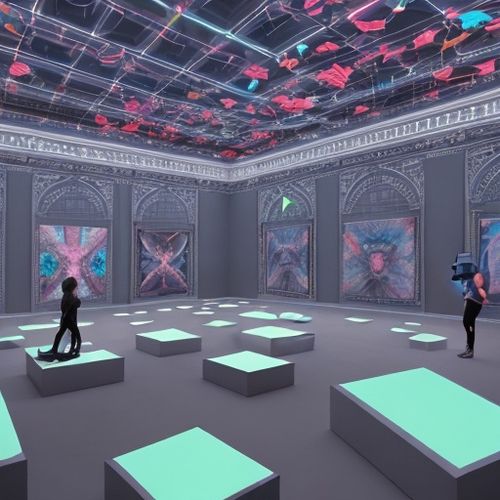
By George Bailey/Apr 12, 2025

By Sophia Lewis/Apr 12, 2025
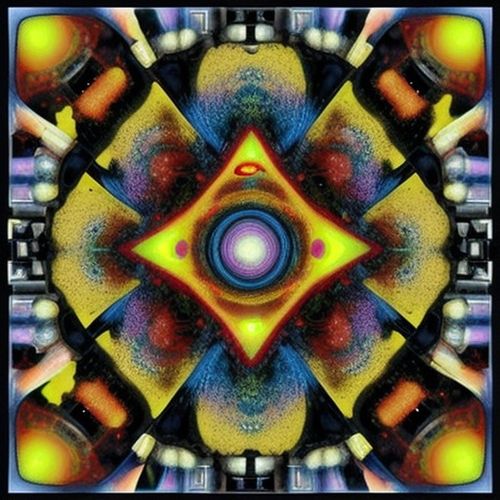
By David Anderson/Apr 12, 2025
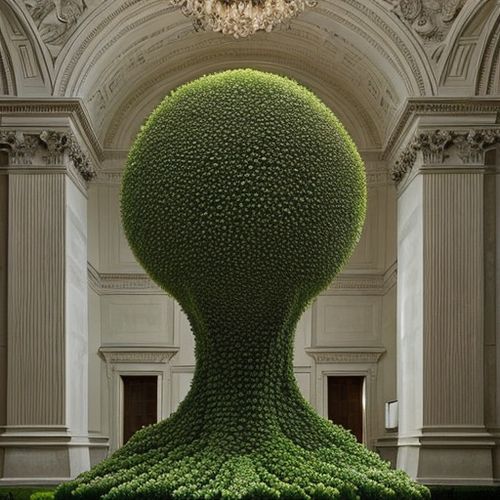
By Sarah Davis/Apr 12, 2025

By Grace Cox/Apr 12, 2025

By Christopher Harris/Apr 12, 2025
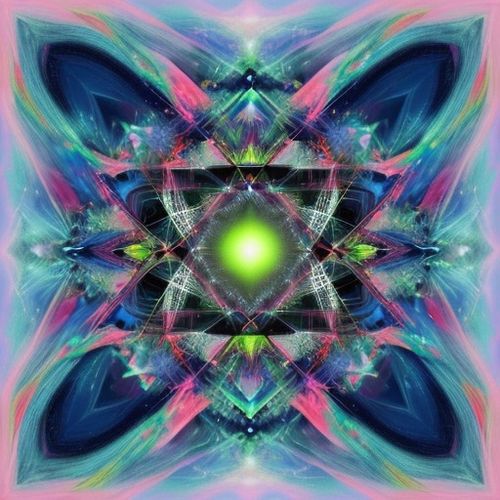
By Ryan Martin/Apr 12, 2025

By Laura Wilson/Apr 12, 2025

By Christopher Harris/Apr 12, 2025
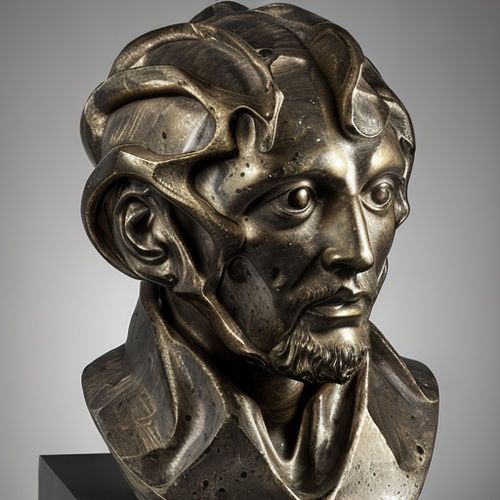
By Victoria Gonzalez/Apr 12, 2025
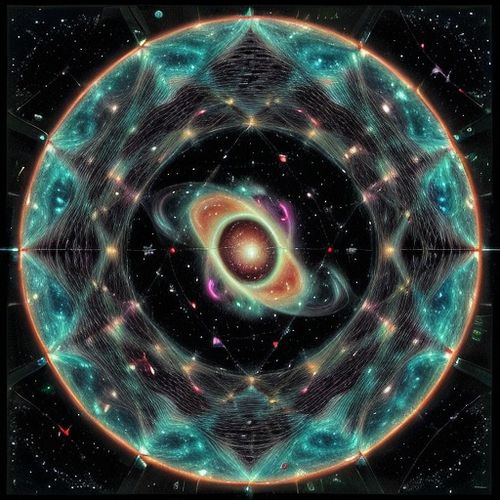
By Laura Wilson/Apr 12, 2025
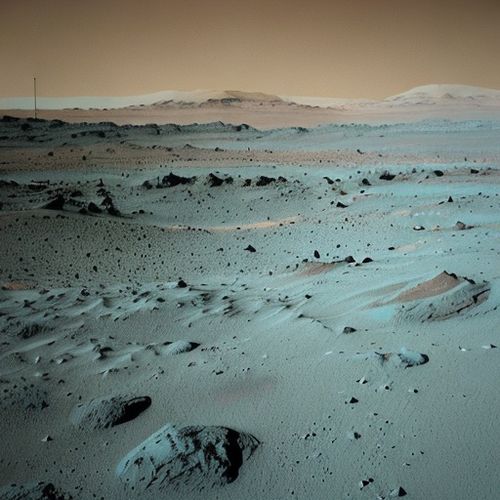
By Natalie Campbell/Apr 12, 2025